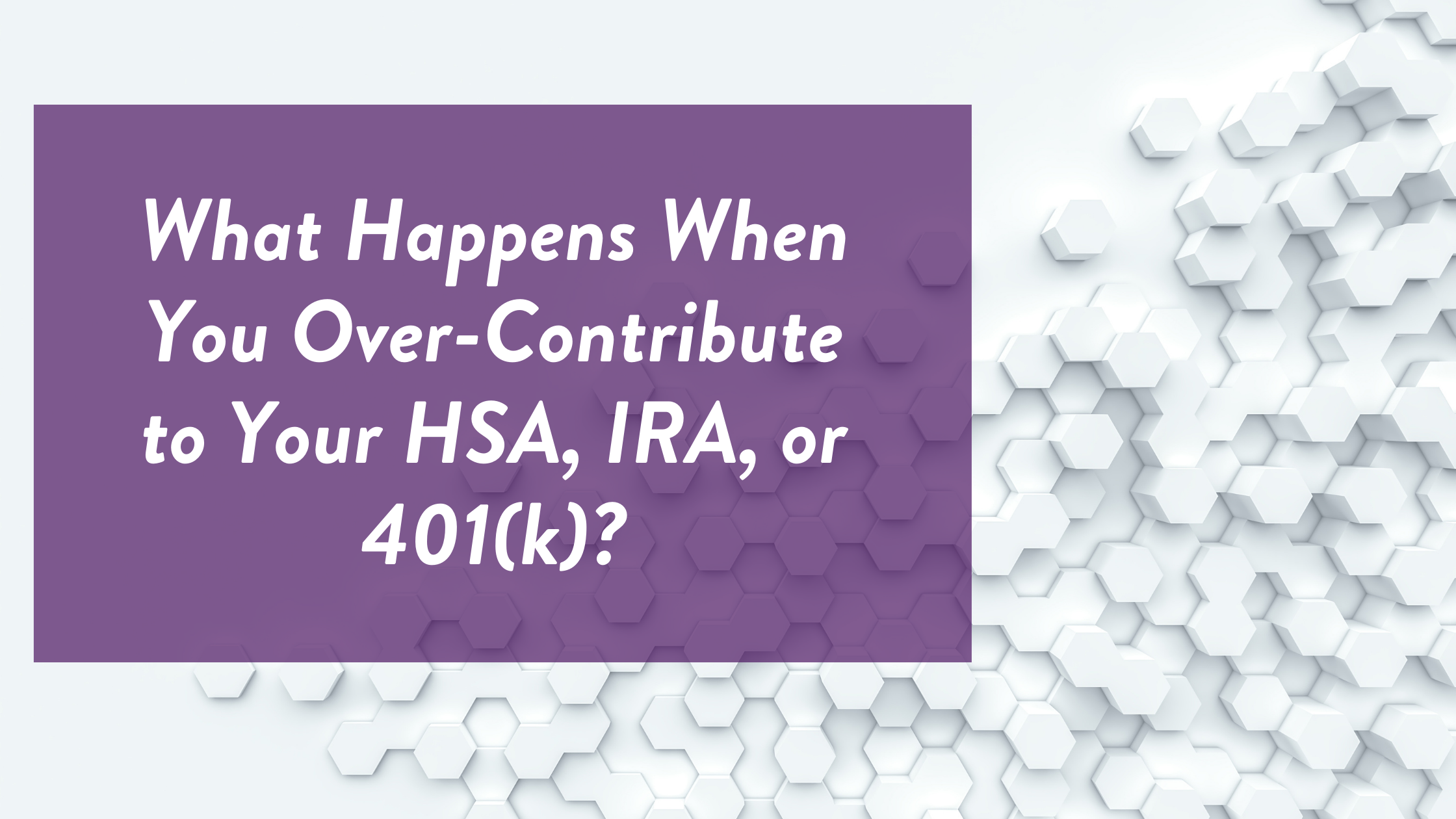
Inheritance Taxes in Minnesota: What You Need To Know
There are several different ways an inheritance can be taxed in the North Star State. Whether you’re preparing your own estate or have found yourself the beneficiary of one, it’s important that you understand all the tax implications (including any potential tax breaks) so you can plan accordingly.
At Wood CPA, we make sure our clients are informed when it comes to their taxes. Below, we’ve broken down each angle of what to expect upon receiving an inheritance, including inheritance taxes, estate taxes, gift taxes, income taxes, and even special tax provisions.
Key Takeaways:
- There are no inheritance taxes in Minnesota.
- An estate tax is levied by both Minnesota and the federal government.
- Gifting is tax-free for up to $16,000 a year (per individual) and $12.7 million over a lifetime.
- You will pay income taxes on an inherited IRA as soon as you begin taking distributions.
- The Stepped-Up Basis tax provision protects your assets from capital gains taxes.
Inheritance Taxes
Some people use the phrase “inheritance taxes” as an overarching term to encompass all taxes paid upon inheriting a person’s estate, but it’s actually its own kind of tax. An inheritance tax is imposed on the beneficiary of inherited assets.
As of 2022, only six states impose an inheritance tax: Kentucky, Maryland, Nebraska, New Jersey, and Pennsylvania. If the deceased lived or owned property in one of these six states, you’ll pay inheritance taxes at a rate determined by the individual state laws.
Neither the federal government nor the state of Minnesota impose an inheritance tax. This means they won’t tax a beneficiary upon inheriting assets from an estate. Instead, both the federal government and the state of Minnesota will tax the estate directly, through an estate tax.
Estate Taxes: State & Federal
An estate tax is determined by the value of the estate and is paid by it. This means that taxes are imposed on the estate itself before its assets are distributed.
Besides the federal government’s estate tax, only 12 states impose an additional estate tax. And yes, Minnesota is one of them. However, these taxes are only levied on large estates that exceed the lifetime exemption amount. It should be a comfort to know that the vast majority of estates are not large enough to be taxed.
The lifetime exemption amount is the amount that an estate can be worth before it is taxable. In Minnesota, if the estate is over $3 million in gross value, it is subject to Minnesota’s estate tax. Rates may range from 13%-16% depending on how far the estate’s value exceeds $3 million. Thanks to an adjustment for inflation, an estate is only subject to the federal estate tax if it is worth over $12.06 million, with rates ranging from 18%-40%.
While the current federal lifetime exemption is $12.06 million, it’s important to note that at the end of 2025, current tax laws are set to drop this amount to around $6 million. The IRS states that those taking advantage of the higher exemption rates now won’t have to worry about losing the benefits once it decreases.
Gift Taxes
One way you can protect your descendants’ inheritance is by gifting money throughout your lifetime.
Gift taxes are subject to the same rate as the federal estate tax (18% – 40%), and share the same lifetime exemption amount of $12.06 million. As of 2022, any individual can give a single person up to $16,000 per year without paying a gift tax. For married couples who have joint ownership of property, the amount doubles to $32,000. You will only pay federal gift taxes if your amount exceeds these limits.
Any time between now and the end of 2025 is an excellent time to give money while the lifetime gift tax exemption is at an all time high.
Inherited IRAs: Required Minimum Distributions (RMDs) & the 10 Year Rule
If you inherit a retirement account such as an IRA, you will need to pay income tax as soon as you begin withdrawing money or distributing assets. This tax is owed to the state in which the beneficiary lives.
The required minimum distribution, or RMD, is the minimum amount of money that you must withdraw from the IRA each year. This amount is set by the IRS and keeps the account from accumulating indefinitely. As the beneficiary of an IRA, your RMD will depend on your age, health status, and relationship to the deceased.
The Setting Every Community Up for Retirement Enhancement Act of 2019 (i.e., the SECURE Act) introduced the 10 year rule: Designated beneficiaries of an IRA must withdraw all funds within 10 years of the original owner’s death. Because these withdrawals are considered income, they are subject to income tax.
There are exceptions to the 10 year rule if the beneficiary is considered an eligible designated beneficiary. This category includes a chronically ill person, a minor, or a person less than 10 years younger than the original owner of the IRA. These individuals have the option to either elect single life expectancy or the 10 year rule.
In some cases, you may inherit the IRA as your own. If you are the surviving spouse of the original owner of the IRA, upon inheriting the account, you may treat the IRA as your own and make contributions to it.
Stepped-Up Basis Tax Provision
The Stepped-Up Basis tax provision allows assets to be inherited without triggering capital gains taxes. This provision (or loophole) “steps up” the cost basis of inherited capital assets, only calculating gains made from the day of inheritance.
For example, say the decedent bought a property for $70,000, but when you inherit it, it’s worth $600,000. If you sold the property that day, you wouldn’t pay a cent in capital gains tax. Yes, the property accumulated half a million dollars in value over the lifetime of the deceased, but the Stepped-Up Basis tax provision means that, in the eyes of the IRS, you made no profit on this sale.
The loophole applies to all capital assets, including stocks. This is why many people choose to pass down securities to their beneficiaries instead of cash.
However, there is an element of risk in relying on the Stepped-Up Basis tax provision. In certain situations, the assets may lose more value than the IRS would take in capital gains taxes.
For example, if the $600,000 property declines in value over the next few years to just $400,000, the heir loses $200,000 of their inheritance. But, if the decedent had sold the property during their lifetime and paid the capital gains tax (let’s say, 15%), the heir would have lost only a fraction of that.
Because of this risk, some people choose to pay the capital gains tax during their lifetime. This way, they know exactly how much money they’re leaving to their beneficiaries.
Let Wood CPA Handle Your Taxes So You Don’t Have To
Still unsure about owing inheritance taxes in Minnesota? Need a certified public accountant to help you file tax forms associated with inheriting an estate? Wood CPA offers tax preparation services that will help you navigate the process with ease. Contact us today to schedule a meeting!








